Timken – Aircraft Bearing Cone | L812148-20629 Clearance Good Selling
$111.57 Original price was: $111.57.$82.56Current price is: $82.56.
Free Shipping On Orders Over $50.
This is the most basic and most widely used type of tapered roller bearing. It consists of two main separable parts: the cone (inner ring) assembly and the cup (outer ring). It is typically mounted in opposing pairs on a shaft.
Specifications
- Cone Part Number: L812148
- Design Units: Imperial
- Cage Type: Stamped Steel
- C1 – Dynamic Radial Rating (Two-Row, 1 million revolutions)1
- 32500 lbf
- 144000 N
- C90(2) – Dynamic Radial Rating (Two-Row, 90 million revolutions)2
- 8420 lbf
- 37400 N
- Approvals: FAA/PMA
Don’t be tempted to buy cheapy automotive bearings
Because Timken uses the same base part number for both the automotive and aviation versions of these bearings, many people mistakenly use the lower quality automotive bearings in their airplane. Normally, Aviation bearing part numbers include the 20629 dash number. It is critical that the FAA-PMA Class 2 version be used for aircraft applications for two reasons:
- They are a higher class of bearing with tighter tolerance and have been subjected to more stringent quality control procedures. Due to the smaller diameter of aircraft wheels, at a given ground speed the bearings rotate at a much higher RPM and require the tighter tolerances to prevent premature failure.
- Example: At a 70 mph touchdown speed (equivalent to highway speed of a car), a typical 17 inch diameter airplane tire is rotating at 1384 RPM, whereas a typical 27 inch car tire is only rotating at 871 RPM. So even though the aircraft bearing is only subject to intermittent use, some of the performance demands are much higher than a typical automotive application.
It is a violation of FAA regulations to use non-approved automotive bearings on certified aircraft.
How to use: Mount this tapered roller bearing cone in opposing pairs on a shaft as per your aircraft’s requirements. Note that it’s crucial to use the FAA-PMA Class 2 version for aircraft applications. Avoid using lower-quality automotive bearings even if they seem similar. Maintenance: Keep the bearing clean and lubricated regularly. Check for any signs of wear or damage. If you’re unsure about anything related to this bearing for your aircraft, it’s best to consult an expert. Remember, using non-approved automotive bearings on certified aircraft is against FAA regulations.
Be the first to review “Timken – Aircraft Bearing Cone | L812148-20629 Clearance Good Selling” Cancel reply
Related products
Couplings, Collars & Universal J
Z2050Q-J CQB24-SR-R: ZoneTight,0.5″,2 Way,5.9 Cv,w/ Non-Spring,24V,Modulating NC Choice For Sale
Bearings, Balls & Bushings
Enduro 6803 LLB Radial Bearing – ABEC-3, C3 Clearance, 17mm x 26mm x 5mm Best Place For Sale
Lubricants & Oils
Kaeser Reciprocating Compressor Oil 1 Liter Replacement – 9.4659.00010 Cheap Sale Buy
Bearings, Balls & Bushings
Browning 2B5V70 Split Taper Sheave for Belts: A, B, 5V – NEW IN BOX Comfortable Cheap Online
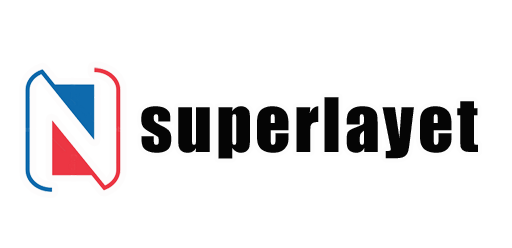
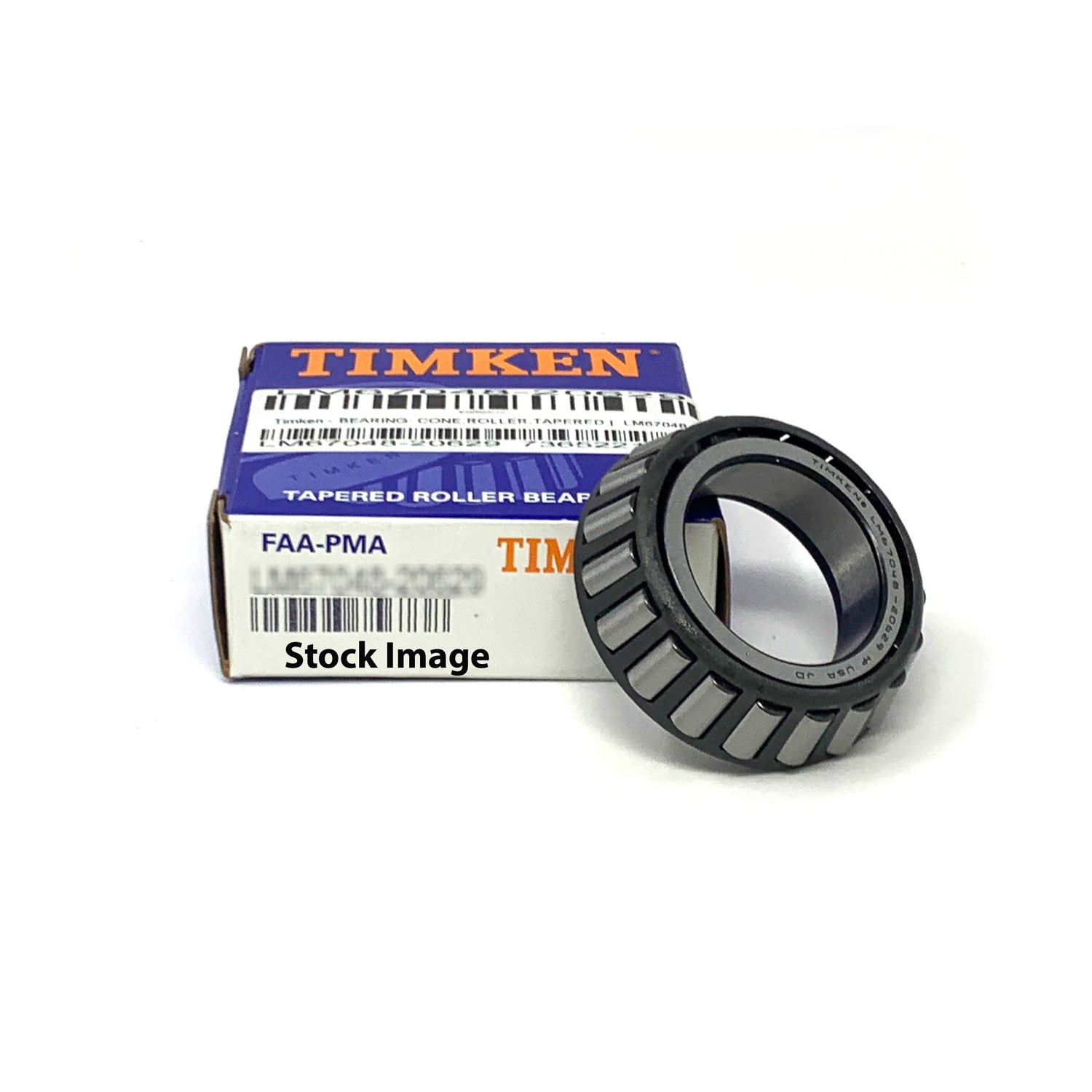

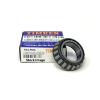
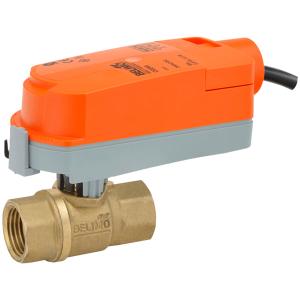
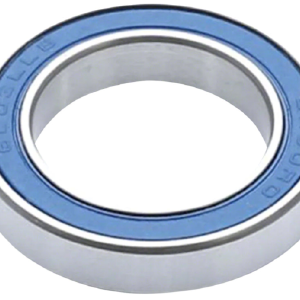
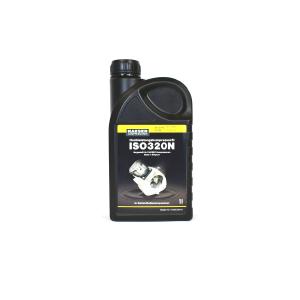
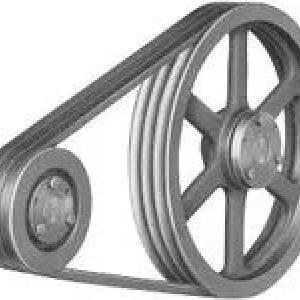
Reviews
There are no reviews yet.